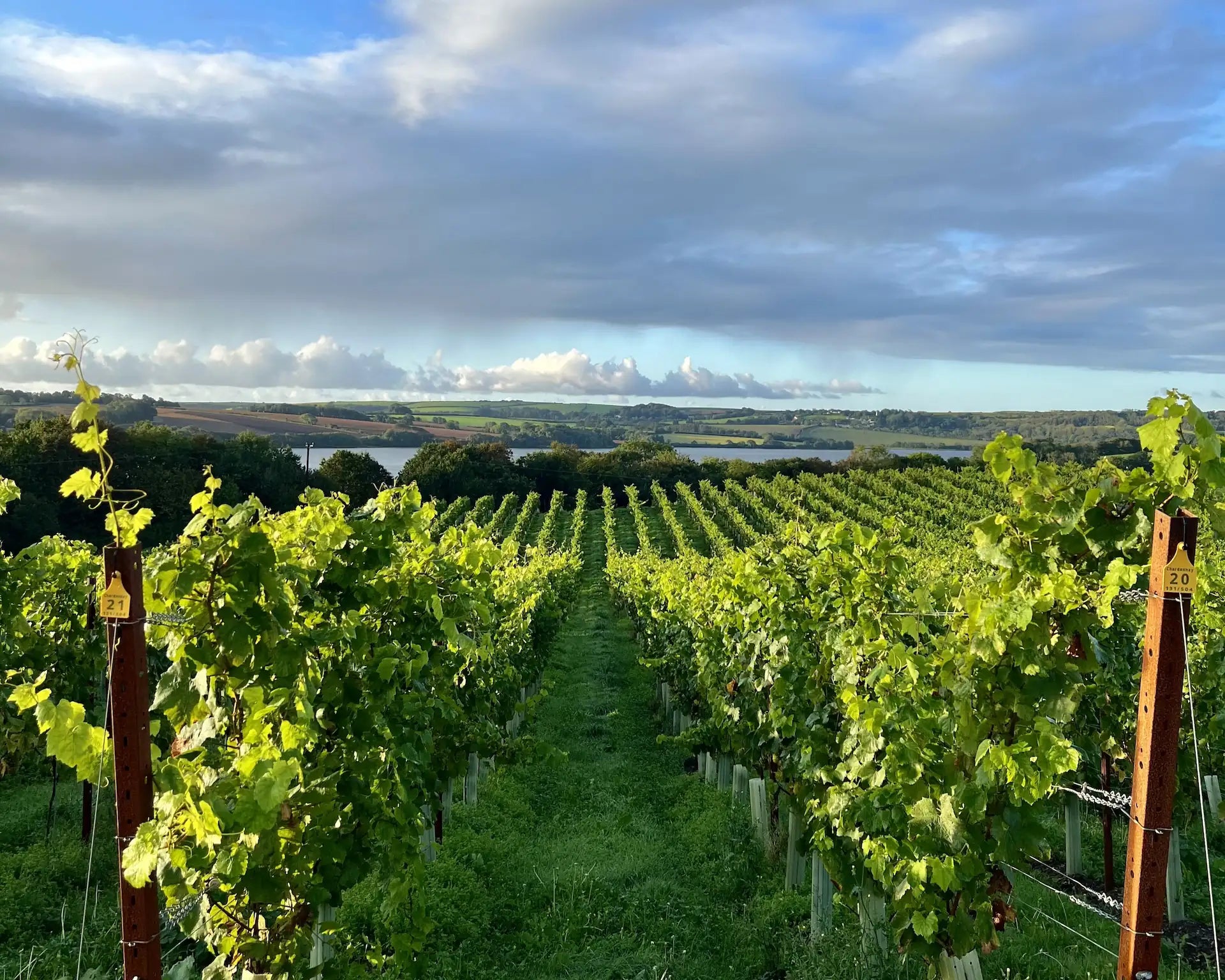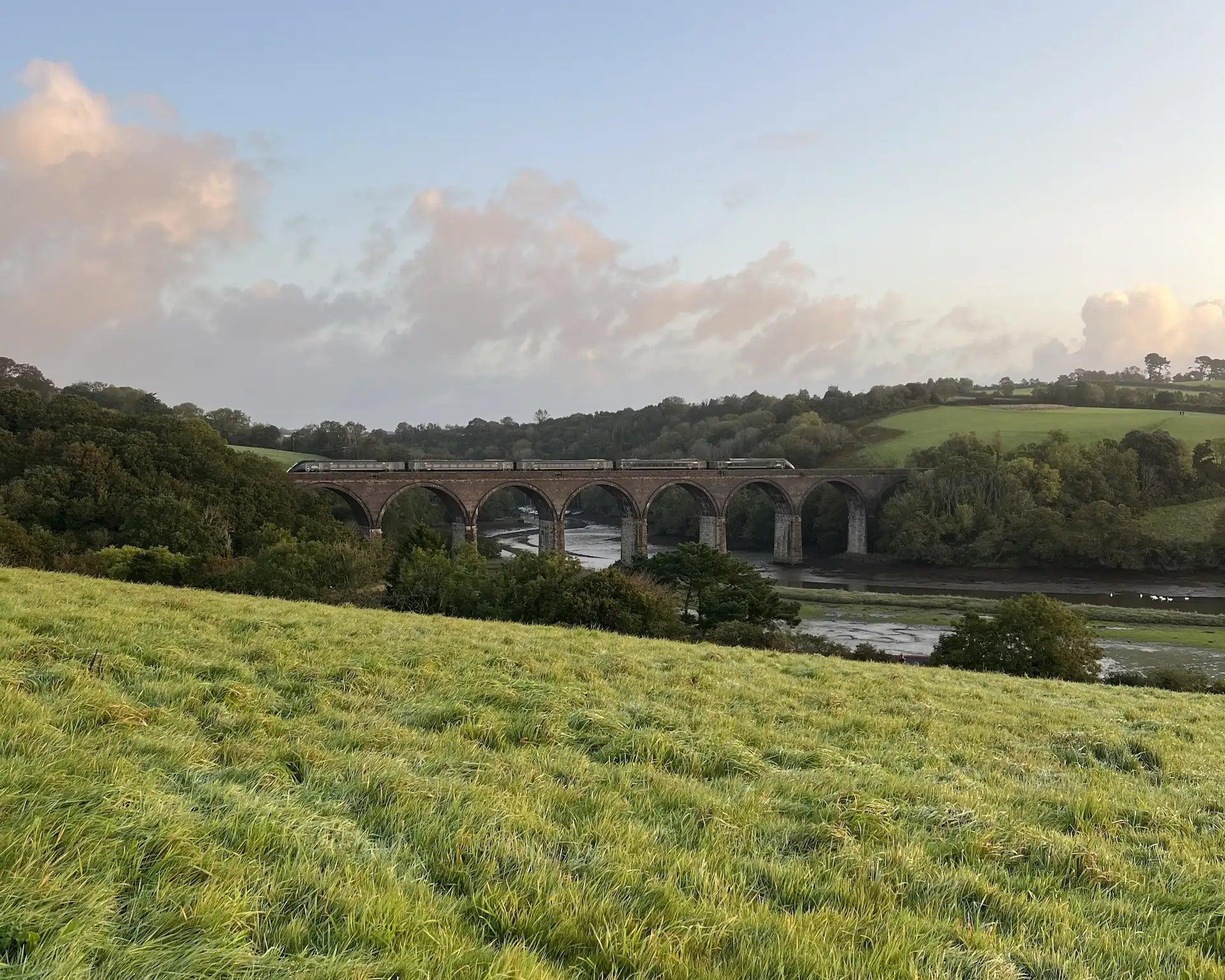Shillingham
Family-Run, Hand-Tended
Shillingham Vineyard was planted from the ground up by us, the Ramsden siblings - Alex, Harry and Flora. As traditional farming grew tougher by the season, and with a shared desire to unlock the land’s full potential, we traded sheep for Sauvignon Blanc. The rest is history.

Working With The Land
For over 400 years, Shillingham has been a working arable and livestock farm. So in 2021, when we planted 70,000 vines instead, we definitely raised a few eyebrows.
The truth is, this land has always marched to its own rhythm – early springs, warm summers and lingering autumns never quite suited conventional farming.
Turns out, what challenged crops made perfect sense for vines. An expert climatologist confirmed what we'd long suspected, and in 2021, we planted our first vines. We're still farming – only now we're working with the land, not against it.


Steeped in Shillingham History
At Shillingham, history isn’t confined to the pages of old books – it spills into every corner of the farm.
In the 1600s, the original manor was destroyed during the English Civil War, its stones now repurposed across the farm buildings and walled garden. At the heart of the land, a medieval chapel still stands. Consecrated in 1318 and never officially deconsecrated, it remains a quiet place of reflection.
Over the centuries, this land has served many roles. In wartime, it housed anti-aircraft defences. In the age of steam, it fed distant cities, with Brunel’s railway transporting crops to London. Four of his original granite bridges are still in use during harvest today.
Even the soil tells a story. While prepping the vineyard, we unearthed fragments of pottery and thick glass from "dock dung," the fertiliser ships once offloaded here from the naval dockyard. We're turning these fragments into a mosaic map of the vineyard – because in true Cornish fashion, nothing goes to waste.

Meet Alex, Harry and Flora
Alex, Harry and Flora Ramsden have been part of Shillingham farm for fifteen years – a journey marked by cows, sheep and a good dose of gung-ho gumption. Alex is our boots-on-the-ground viticulturist, winemaker and all-around problem solver.
Living on the farm, he's often found among the vines at all hours. His wine journey began at university, tending the campus vineyard. Now, he's responsible for 70,000 of our vines – no small feat, but one he tackles with passion.
Harry and Flora grew up alongside Alex, driving tractors, feeding animals and getting their hands dirty (literally). These days, they manage the business side of the vineyard, bringing complementary skills to the operation.
Together, the Ramsden siblings bring different talents to the table, united by a shared vision: to make this land work the way they believe it was always meant to.

Made of Cornwall
Thriving in a unique maritime microclimate and shillet-rich soils, our south-facing slopes are home to five carefully selected varieties: Sauvignon Blanc, Pinot Gris, Chardonnay, Pinot Noir and Pinot Meunier. We’re a bona fide roll-up-your-sleeves working farm, tending to each vine by hand with typical Cornish grit and graft.






